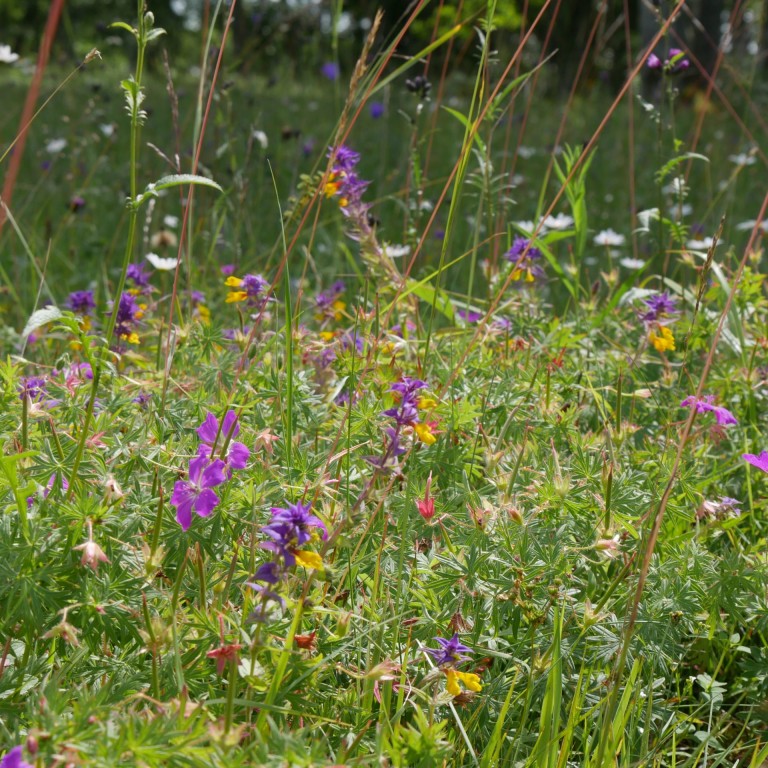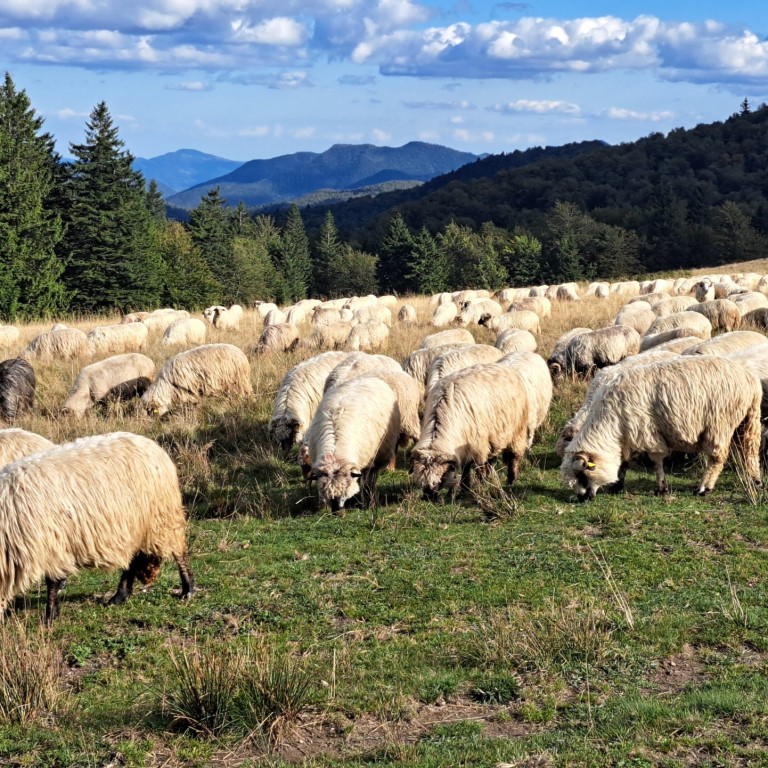In June, researchers, policymakers, and farmers associated with the "Comprehensive management of forest and farming landscapes to improve the conservation status of Natura 2000 habitats and species" (ForEst&FarmLand) project visited research and experimental areas in Ireland. The aim was to determine how the results-based agricultural environmental support measures have been implemented in Ireland and assess their possible implementation in Estonia.
During the implementation of the "ForEst&FarmLand" project, among several activities, result-based subsidy schemes (RBPS) with ten land managers in 2023–2027 will be tested on 500 hectares of semi-natural grasslands and coastal meadows. In the case of such support, the experts determine the criteria and methods of the semi-natural grasslands, with which the manager himself can assess the quality of the grassland and act accordingly – for example, if necessary, he can start mowing and grazing earlier than it is prescribed in the general conditions for the maintenance of the heritage grassland. Based on the obtained results, it will be determined whether such a subsidy system encourages landowners and caretakers to manage more sustainably and thus ensures a better condition of the meadows.
During the study trip to Ireland, they listened to presentations as well as visited areas in the Burren, Delphi, and Louisburg regions, where the impact of result-based subsidy on biodiversity is monitored during the implementation of the "Wild Atlantic Nature" project.
"The first pilot study of the program of the same name began in the semi-natural grasslands of the Burren region in 2005," says researcher of restoration ecology Liis Kasari-Toussaint, who represented the landscape biodiversity workgroup on the study trip. "We learned a lot from the visit – the result-based support measure has been piloted in Ireland for approximately twenty years. We also had the opportunity to talk to local experts and farmers who themselves have developed and implemented this measure in Ireland and are still monitoring its progress today. These experts shared detailed reports on their success stories as well as their challenges, giving us a thorough insight into the very practical nuances of the result-based subsidy method." In the opinion of Irish experts, Estonia should also develop a hybrid version of the result-based subsidy system, which would help more effectively combine economic interests and environmental protection goals.
More information:
Liis Kasari-Toussaint









